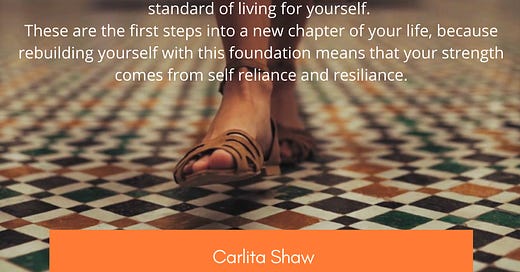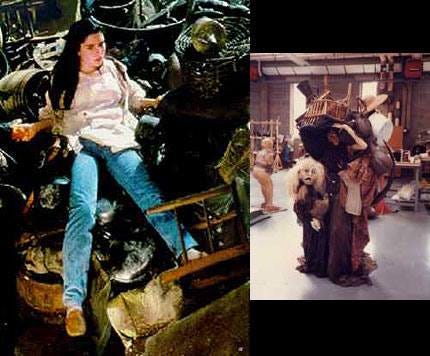Deep trauma and loss take more than just a few years to recover from—three years is often just the beginning. It’s a long, winding road of grief, disorientation, and self-reconstruction. The process cannot be rushed. Grief has a rhythm, a sacred tempo, and if we try to override it, we risk suppressing the very wisdom it brings. In a world obsessed with quick fixes and instant gratification, the slow unfolding of true healing can feel excruciating—but it’s also necessary. To heal is to become, not return. And becoming takes time.
We are conditioned to believe that healing must look like strength, like productivity, like getting back to "normal." But trauma is an initiation. It breaks apart the version of ourselves that could survive within a shallow system—and calls forth a deeper self that is rooted in truth, not performance. That’s why learning to be kind to yourself is not indulgence—it is survival. Nurturing yourself in these times is not a detour; it is the path.
Here’s some advice from someone who has survived profound losses, often with no safety net: a self-reliant trauma survivor.
In those first few days or weeks after a traumatic rupture, everything feels surreal. There’s no timeline, no map. The world becomes muffled, like walking through smoke. All you can do is keep breathing, move your body in small ways, and try to ground yourself in physical acts. Hydrate. Sit in the sun if you can. Eat fruit if you can’t handle a meal. These acts are deceptively simple, but they are what keep you tethered to this world when your spirit is drifting between dimensions of despair and numbness.
People who have never walked through this kind of darkness, true soul-deep trauma—often cannot fathom its gravity. They may offer platitudes, timelines, or worse, judgment masked with new age language. Do not waste energy trying to explain yourself to them. Your healing is not their business. Focus on what is essential: you. If someone offers genuine support, be it a friend, family member, or even a kind stranger—let them in. Just a little. Let them hold space, even if you don’t have the words.
When I first experienced this level of trauma, I was in a foreign country—alone, far from any known support. I had to face it with nothing but my own inner strength and the faint flicker of willpower not to disappear. And now, I find myself in that place again. Trauma returns in spirals, not straight lines. But I’ve learned this: everyone takes something different from their own trauma journey. We don’t all emerge the same. The differences in our cultural, spiritual, and religious frameworks shape how we interpret, express, and ultimately transmute our pain.
This is where I must address a deeper fracture in the Western world.
One of the most striking things I’ve observed is how, in relatively wealthy nations, there is a deep spiritual poverty despite material abundance. There is a profound absence of sacredness in everyday living, the dominant mindset—a void created by centuries of separation from Nature, from the land, and from the rhythms of the Earth. This disconnection fosters a culture of disposability, not just of objects, but of emotions, relationships, lack of empathy, even life itself.
Our throwaway consumer culture doesn’t just pollute the Earth; it pollutes our sense of meaning. We are drowning in stuff, but starved for soul. The planetary crisis is not separate from the emotional and spiritual crises we are facing. They are mirrors of one another. The loss of inner sacredness fuels the destruction of the outer world and vice versa.
I explored this deeply in my second book, Surviving Depression in a Depressing World: An Ecological Perspective, where I reflected on how our estrangement from Nature feeds an existential emptiness, a sense of futility in many people's lives. When we stop recognizing the Earth as a living being—when we cease to see ourselves as part of her body—we lose our axis. Our orientation. And in that disorientation, trauma becomes not only harder to process, but harder to endure.
``Careless of waste, wallowing in refuse, exterminating the enemies…despising age, denying human natural history, fabricating pseudotraditions, swamped in the repeated personal crisis of the aging preadolescent; all are familiar images of American society. They are signs of private nightmares of incoherence and disorder in broken climaxes where technologies in pursuit of mastery create ever-worsening problems-private nightmares expanded to a social level``. _Paul Shepard, Nature and Madness (1982)
Keep reading with a 7-day free trial
Subscribe to Carlita Shaw to keep reading this post and get 7 days of free access to the full post archives.





